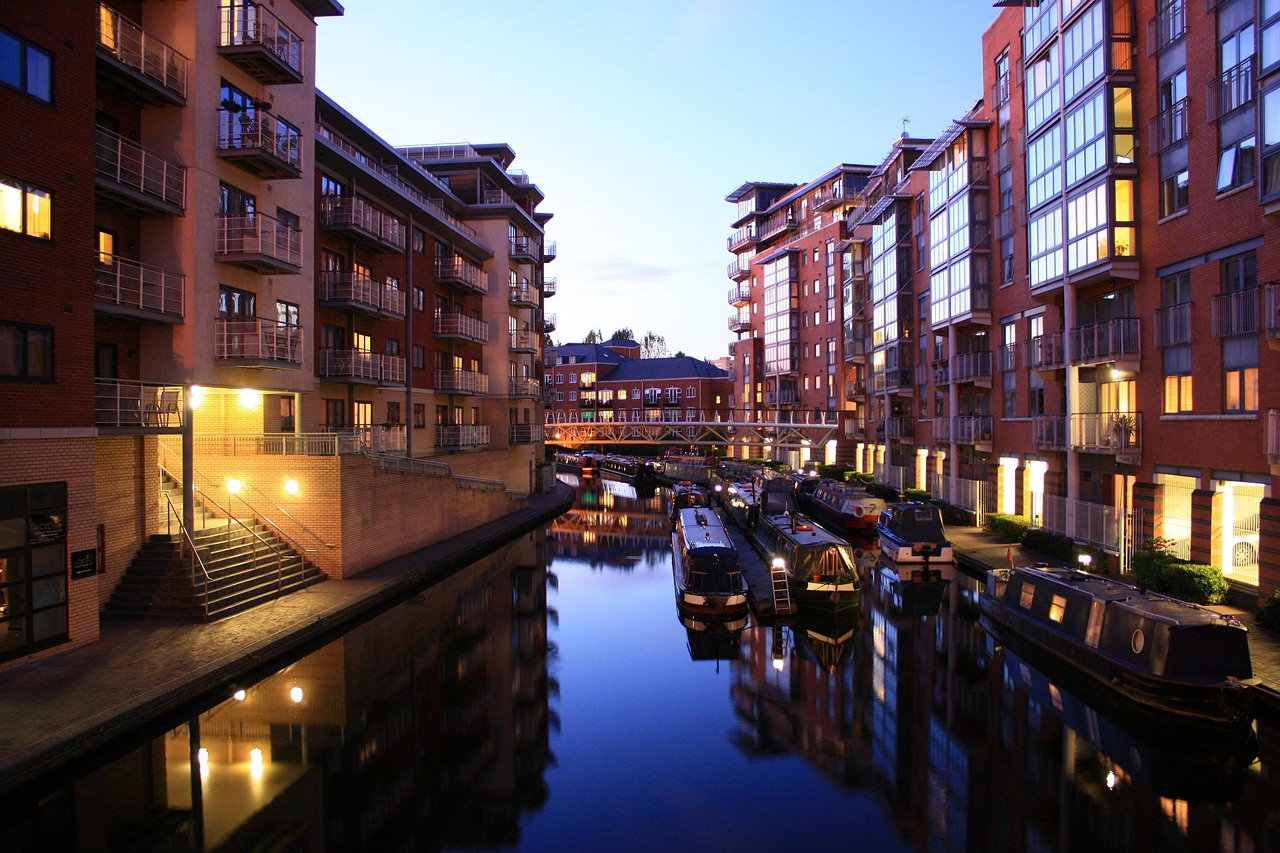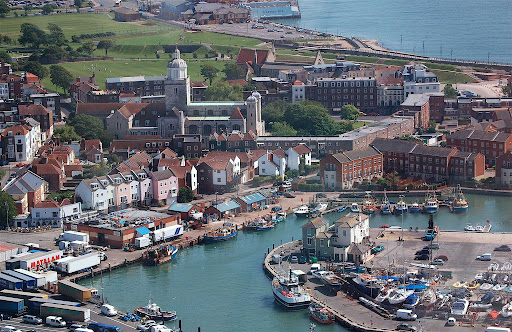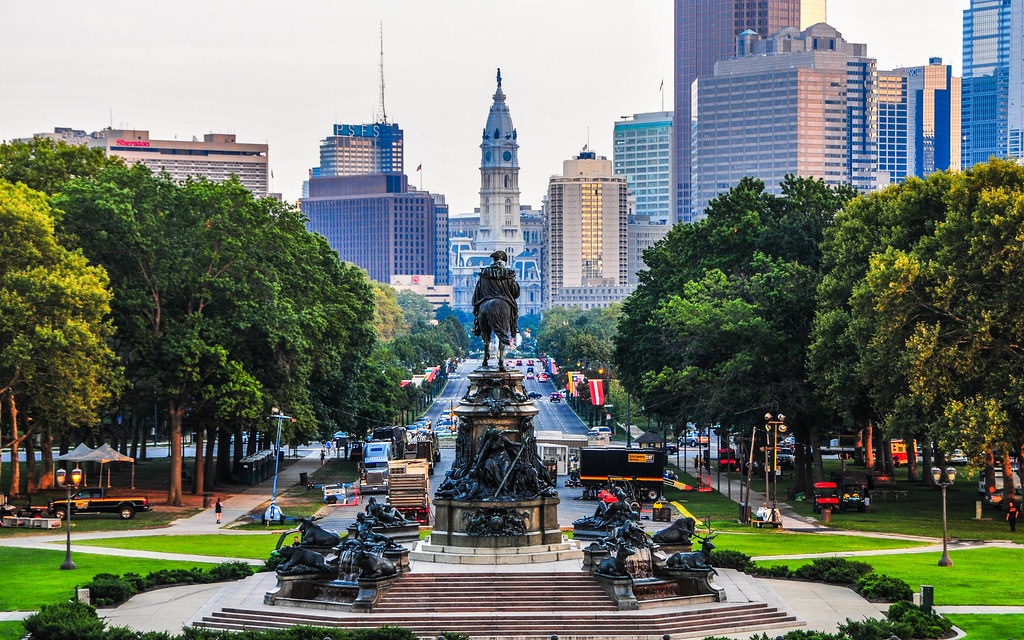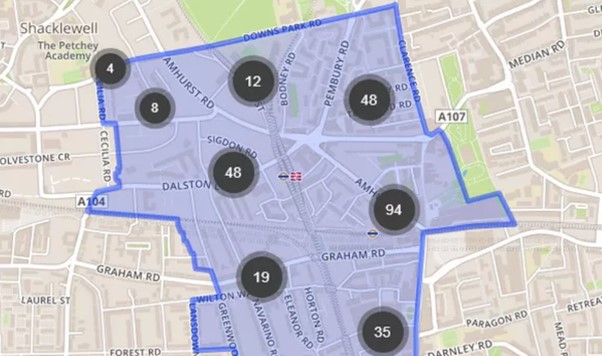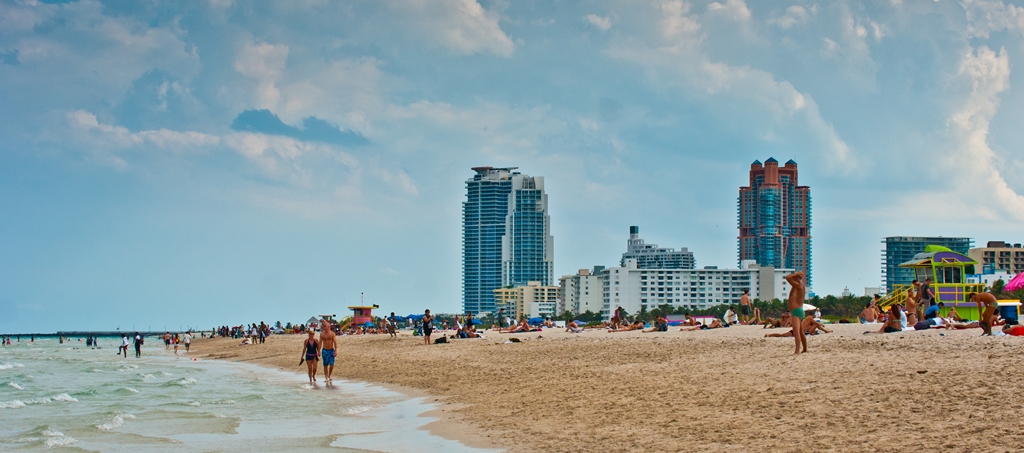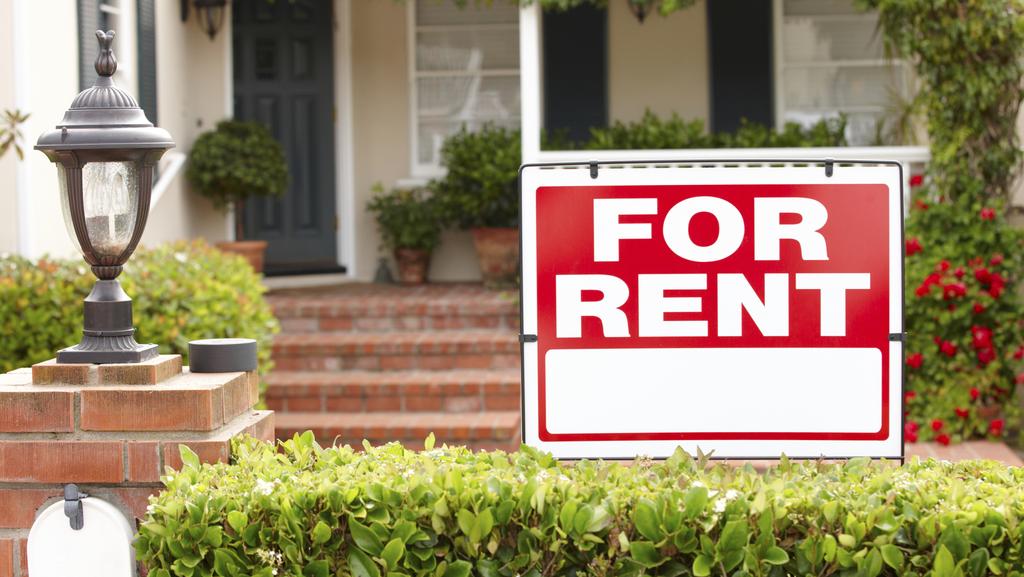London is well-known as a tourist destination. Its lovely and historic architecture, its green and lush environments along the banks of the River Thames, and its stature as a global metropolis with cutting-edge urban infrastructure make it an incredible place to visit, live, and work. Compared to other smaller towns, London has a slightly greater crime rate. Small-scale crimes may occur in most London neighbourhoods, including burglaries, petty thefts, and pickpocketing. Moreover, specific rough areas in London should be avoided due to the existence of London UK gangs or violent incidents. This article will list the most dangerous areas in London that you should avoid.
Is London Safe?
When travelling to a new city or nation, it is natural to be concerned about its safety. Pickpocketing is a common issue in London, as in any other city worldwide. However, the Metropolitan Police’s efforts on the streets, as well as the efforts of personnel in the Transport for London network of buses and trains, have significantly reduced the rate of pickpocketing in London.
London has excellent night bus and tube services that run until extremely late at night and, in some circumstances, all night into the next morning. This means that transport staff and services can assist you if necessary. In conclusion, London has implemented various safety and security measures, making it quite safe to visit. However, there are still some rough areas of London that you should avoid while visiting or living there.
Most Dangerous Areas in London
Brixton
Crime Rate: 274 Crimes Per 1000 People
Brixton is a place in the London Borough of Lambeth, known for its distinct native currency and diverse cultural heritage. Brixton has a bad reputation as one of the most dangerous places in London because of crime and drug-related issues. However, in recent years, changes have been pushed. Public places have been upgraded due to revitalisation efforts, and the police presence has increased. Despite its previous notoriety, Brixton is currently a flourishing and stylish location, particularly among young students. The student accommodation in Brixton takes every effort to provide students with a safe and home-like living experience.
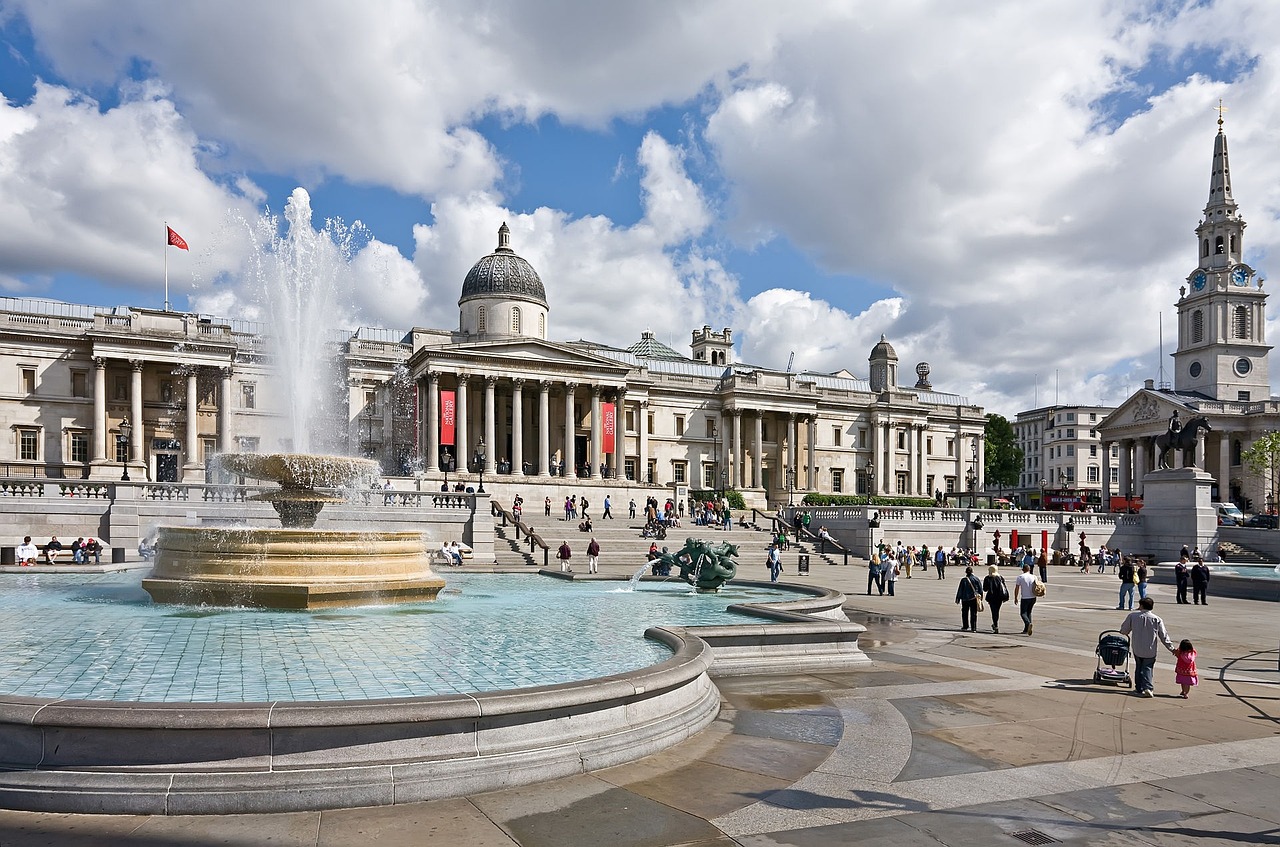
Peckham
Crime Rate: 238 Crimes Per 1000 People
Peckham is a busy neighbourhood of over 700,000 People in the vibrant London Borough of Southwark. Known for its colourful and trendy attitude, Peckham has faced its fair share of issues in the past, earning a bad reputation as one of the worst places in London due to incidents of both serious and minor crimes. However, positive changes were made. Efforts to improve the neighbourhood have resulted in lower crime rates, making Peckham a safe place to live and visit. It’s worth noting that Peckham has a vibrant nighttime scene, with numerous bars and clubs.
Tottenham
Crime Rate: 216 Crimes Per 1000 People
Tottenham is a suburb in the London Borough of Haringey. Like many other towns, Tottenham has seen some crime, but the good news is that the crime rate is constantly decreasing. Local governments focusing on issues such as auto crimes and robberies have resulted in safer streets for everyone. Tottenham’s infrastructure has improved considerably as a result of continuous renovation works. Residents will benefit from better living conditions and more affordable housing options, enhancing the neighbourhood.
Bethnal Green to Cambridge Heath Metro Stations Area
Crime Rate: 153 Crimes Per 1000 People
Bethnal Green to Cambridge Heath Metro Stations Area is a vibrant neighbourhood in East London and is part of the London Borough of Tower Hamlets. The parks, stores, and diverse community make this place home to many. Although this area is one of the most violent areas in London, with auto theft and burglary, efforts to revitalise the area are making a huge difference. The crime rate has decreased thanks to revitalisation work, and the walk between the two metro stations has been safer over time. Moreover, this district, which was once one of the worst parts of London, has a strong feeling of community and is resilient and promising due to its ongoing development.
Elephant and Castle
Crime Rate: 152 Crimes Per 1000 People
Elephant and Castle lies in the heart of Southwark, next to the lovely River Thames. This neighbourhood combines old rites with contemporary fashions, creating a vibrant cultural fusion. Even though there were previously some thieving and drug-related issues in Elephant and Castle, things are beginning to improve. As a result of ongoing efforts to repair this region, safety has considerably improved. And as crime rates begin to plummet, the neighbourhood is becoming more and more attractive to visit and live in, and is slowly shedding its label as London’s worst neighborhoods to avoid.
Hackney
Crime Rate: 126 Crimes Per 1000 People
This roughest part of London was once an industrial hub and one of the most dangerous London areas, but it has now transformed into a flourishing suburb. Hackney differentiates out for its edgy appeal despite a claimed crime rate of 126 crimes per 1000 people, which raises concerns. Historic charm and modern sensations combine on its historic streets, which are brimming with new energy. Hackney is a creative centre that attracts both established and new artists. It is also a haven for economic tourists, art enthusiasts, foodies looking for something different, and anybody else looking for a true sense of London’s creative environment.
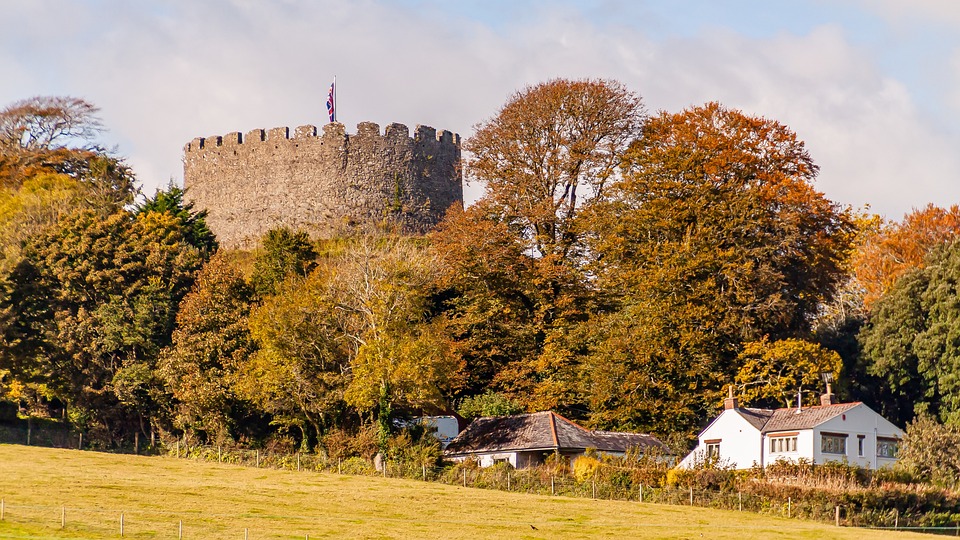
Lewisham
Crime Rate: 119 Crimes Per 1000 People
Lewisham is a hidden gem waiting to be discovered, even if it is not every tourist’s preferred destination. It is significantly safer than other areas, such as Newham, despite the fact that the stated crime rate is 119 crimes per 1000 people. Nonetheless, this one of London’s most dangerous areas is ideal for a relaxing visit.
Tower Hamlets
Crime Rate: 110 Crimes Per 1000 People
Tower Hamlets is one of the most dangerous parts of London. This is due to poverty and crowded living conditions. But if you’re street-wise, you should be fine.
Above are some of the worst London neighborhoods or areas to avoid in London. These include the most dangerous boroughs in London, where you should think twice before visiting or even moving to.
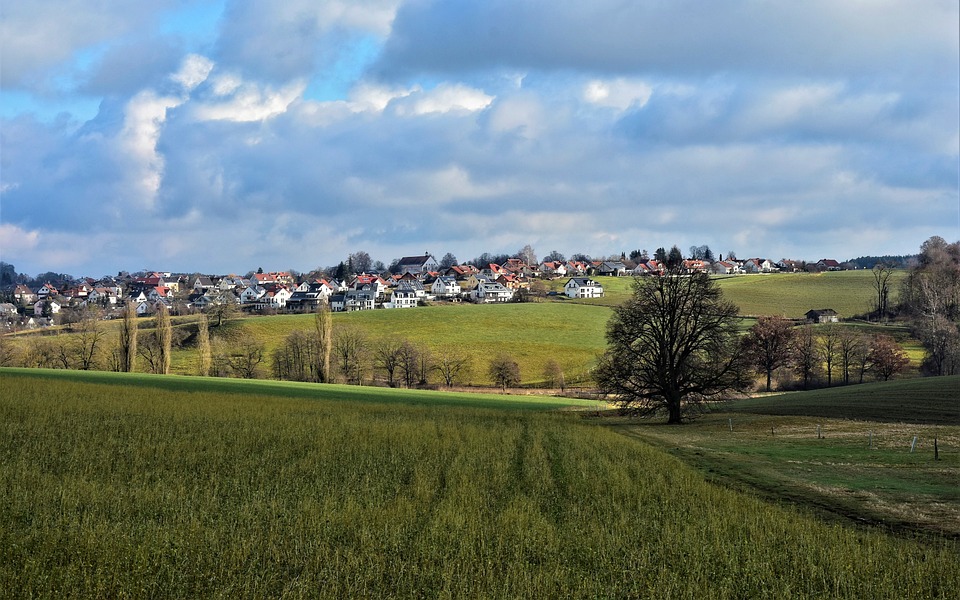
Safest Parts of London
In addition to the most dangerous areas in London, you can choose to live in the safest areas in London. You can check our guide about living in London. Here is the list of the safest areas in London.
| Safe Areas of London | Crime Rate |
|---|---|
| Richmond | 54 Crimes Per 1000 People |
| Bexley | 56 Crimes Per 1000 People |
| Kingston upon Thames | 57 Crimes Per 1000 People |
| Sutton | 57 Crimes Per 1000 People |
| Harrow | 63 Crimes Per 1000 People |
| Bromley | 64 Crimes Per 1000 People |
| Merton | 66 Crimes Per 1000 People |
| Havering | 67 Crimes Per 1000 People |
| Barnet | 68 Crimes Per 1000 People |
| Enfield | 74 Crimes Per 1000 People |
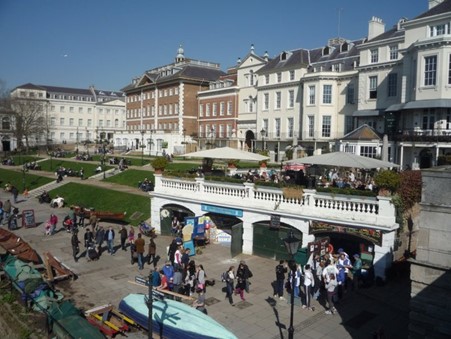
London Safety Tips: How to be Cautious in London
- Be wary of pickpockets, particularly in areas around popular tourist attractions and public transportation like the train station or subway.
- Before choosing accommodation in London, research the neighbourhood to check if it is one of the areas to avoid in London. Plus, if you are a student, we recommend you find a student accommodation featuring strict security measures, like CCTV surveillance, a doorman, 24/7 security, and controlled access. You can take a look at the following student accommodations: Emily Bowes Court, Scape Wembley, iQ Tufnell House, and Spring Mews.
- Avoid walking alone late at night and stay in well-lit locations.
- Stay alert in crowded places in London, where it is easy to become distracted.
- Get to know your neighbours and the region around where you live.
- Consider putting in a reliable lock in your place to increase security.
- Petty theft can happen at any time, so keep your belongings safe and consider using anti-theft items like money belts or anti-slash bags.
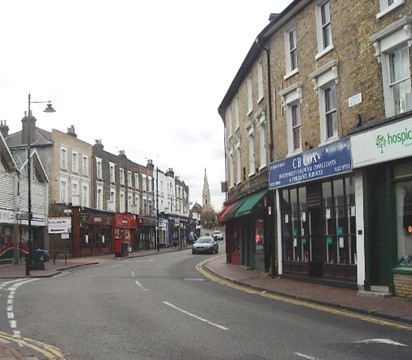
Conclusion about Most Dangerous Areas in London
While London is generally safe, there are still some of the most dangerous areas in London where you need to be cautious. You can enjoy your time in this lively city without compromising your safety by avoiding the most unsafe areas in London, staying aware of your surroundings, following safety advice, and respecting local neighbourhoods. Stay curious, explore responsibly, and appreciate the diverse range of activities London has to offer. In circumstances where you feel frightened or threatened, you can call for help by dialling the UK’s emergency services (999) or the pan-European number (112). You can also dial 101 to report non-urgent crimes.
FAQs About Most Dangerous Places in London
Is South London Dangerous?
Like any large urban area, South London is diverse, with distinct neighbourhoods offering varying levels of safety. While certain neighbourhoods in South London have had higher crime rates, it is important to avoid making broad generalisations. Many districts of South London are completely safe and vibrant.
Is London Safe at Night?
London is generally regarded as a secure city at night, and many areas, particularly in the central and densely populated areas, remain lively at night. However, like in any major city, take care and stay aware of your surroundings, especially in less crowded or poorly lighted places. When walking at night, choose streets that are well-lit and bustling. some roughest areas in London.
What's the Crime Rate in London?
As of April 2024, the overall crime rate in London is 106 Crimes Per 1000. with violence and sexual offences accounting for around 30 out of 1000 daytime complaints.
Which London Area Has The Most Stabbings?
Gun and knife crimes in London are on the rise, with Southwark and Lambeth experiencing the highest rates of these crimes. Theft is the most often reported crime in Southwark, while drug-related crime is higher than average. In addition to these two areas, there are significant incidences of gun and knife crime in Brent, Haringey, and Hackney, making them some of the worst areas in London or most unsafe areas in London to live.
